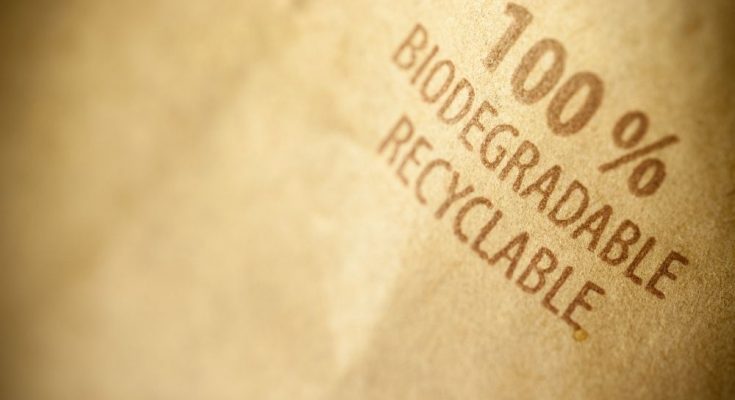We have known for a long time that much of modern life isn’t sustainable, which is namely how we choose to package products today. However, few people seem to remember that things have not always been as wasteful as they are today. Luckily, there are visionaries throughout the manufacturing industry pushing to reverse the destructive trends still in place today, namely through the development of the role of compostable packaging on a sustainable future.
A Look at Historical Packaging
Today, it’s almost impossible to imagine life without plastic. However, this form of pollution has only occurred over the course of less than a hundred years. The shift towards cheaper and faster production only really exploded during the 50s, with the push towards hyper-convenience.
Throughout history, items for sale have always received a paper sticker or string and paper tag rather than cellophane. Food was presented either wrapped in paper, cardboard, or cloth. Liquids always were delivered in reusable glass bottles. Items that needed to be preserved were canned, dried, or cured. More to the point, though, there’s very little reason things can’t still be the same way today.
What Is Compostable Packaging?
Primarily, maintaining plastic keeps up with packaging trends that arose out of the shift in consumer habits. People like to look inside a package before they buy. What’s more, we’re all quite used to things like plastic around cereal and zipper-locking snack packages.
The role of compostable packaging on a sustainable future is to continue our current lifestyle without doing further damage to our environment. Compostable packages use either partial or complete plant ingredients to reduce, if not eliminate, the need for plastics.
A More Sustainable Future
The most exciting aspect of compostable packaging will be its impact on landfills. The majority of dumps are filled to the brim with plastic packaging. Once covered up, any organic material inside liquefies due to anaerobic decomposition, resulting in an abundance of avoidable greenhouse gas production. With compostable packaging, the argument over recycling and its effectiveness is essentially nullified.
Instead, packaging waste could be delivered to local farms or compost production centers. Farmers would simply use standard composting methods to turn packaging into a healthy and clean resource for growing crops at these locations.
Composting vs. Recycling
Another reason for the move towards compostable recycling is a direct reflection of the failures of recycling. While this method is still abundantly important, it has serious flaws. To begin with, not every country’s infrastructure is geared to recycle efficiently—including the US, which previously relied on offloading waste to countries with better green infrastructure.
Next, recycling is not a perfect solution; plastic, in particular, can only be recycled once or twice before the remains are ultimately unusable and end up in a landfill once again. Lastly, recycling is a type of manufacturing process that also produces pollutants and uses up vital energy. By emphasizing the use of natural packaging, recycling centers can be better put to work to repurpose materials such as glass and paper products.
Additional Resources:
Water
Ocean
Moon
Wheat
Urban Green



